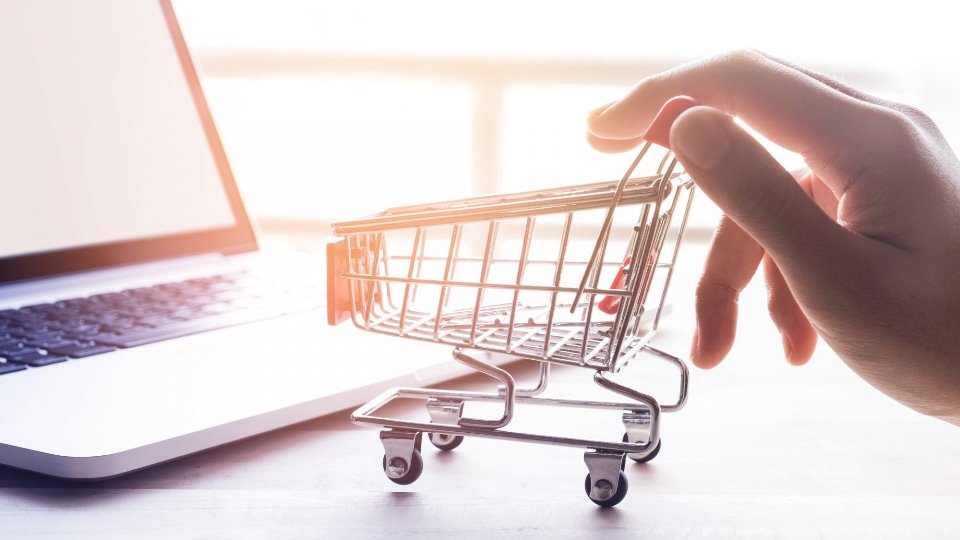In today’s fast-paced digital age, the retail industry is undergoing a profound transformation driven by technological advancements. From online shopping to in-store innovations, technology is reshaping the way consumers shop and retailers operate. This retail revolution is not just about convenience; it is about creating immersive and personalized experiences that cater to the evolving demands of consumers. E-commerce has undoubtedly been a driving force behind this transformation. The convenience of shopping from the comfort of one’s home, coupled with a vast array of products at one’s fingertips, has led to the exponential growth of online retail. Advanced algorithms and data analytics have enabled e-commerce platforms to provide personalized product recommendations and a seamless checkout experience, making online shopping more engaging and efficient. Brick-and-mortar stores are also leveraging technology to enhance the in-store experience. Augmented reality AR and virtual reality VR are being used to create interactive shopping environments. Customers can try on clothes virtually, visualize furniture in their homes before purchase, or even test drive a car without leaving the showroom.
This not only engages customers but also reduces the uncertainty associated with purchasing decisions. The integration of artificial intelligence AI has further enhanced the shopping experience. Chatbots and virtual assistants are available 24/7 to answer customer queries and provide product information. AI-driven customer service can offer real-time support, improving customer satisfaction and loyalty. Another major shift is the use of data analytics and big data in retail. Retailers are collecting vast amounts of data on customer behavior, preferences, and purchase history. This data is then analyzed to gain insights into consumer trends, enabling retailers to tailor their offerings and marketing strategies. Predictive analytics help retailers optimize inventory, reducing out-of-stock incidents and overstocking issues. Payment technologies have also evolved. Contactless payments, mobile wallets, and digital currencies have made transactions quicker and more secure. Checkout queues are being replaced with cashier-less stores where customers can grab items and simply walk out, with their accounts automatically charged.

This eliminates the need for long waits at the checkout counter. Supply chain management has seen significant improvements through technology. Inventory tracking, automated warehouses, and delivery drones have made it possible to offer same-day or next-day delivery, meeting the demand for instant gratification. This level of efficiency benefits both retailers and consumers. Furthermore, technology is fostering sustainability in retail. Consumers are becoming increasingly conscious of their environmental footprint, and retailers are responding by implementing eco-friendly practices. From energy-efficient stores to reducing packaging waste through smart packaging solutions, technology plays a pivotal role in supporting environmentally responsible retail practices. In conclusion, the retail industry is in the midst of a profound transformation driven by technology. E-commerce, augmented reality, AI, data analytics, and innovative payment methods are reshaping the shopping experience. The focus is on personalization, convenience, and sustainability. As technology continues to advance, the retail revolution will only gain momentum, offering consumers even more exciting and immersive ways to shop. Retailers that embrace and adapt to these changes are poised to thrive in this new era of shopping.




